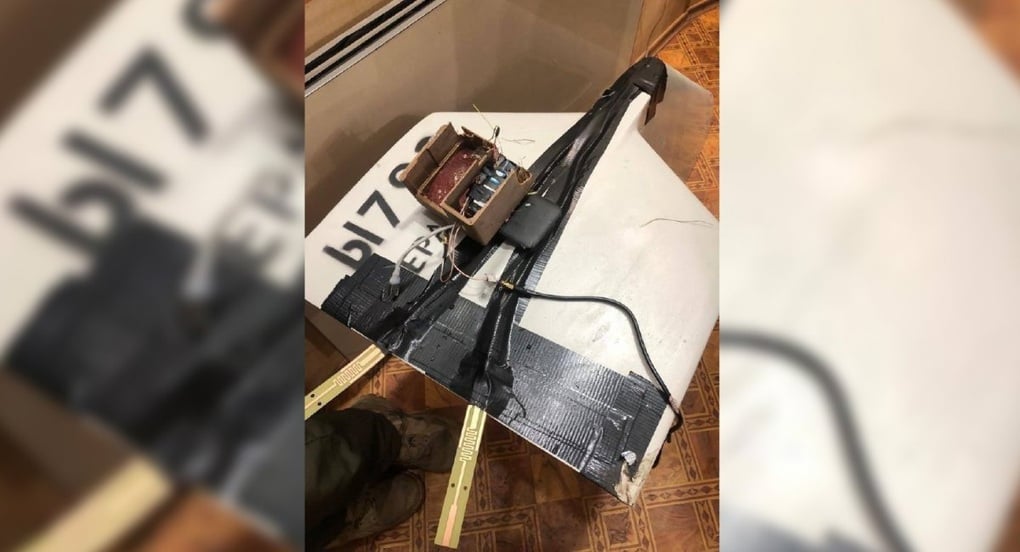
Strange device mounted on Russian UAV used to attack Ukraine (Photo: DE).
The Drive reported that after the largest-scale attack by Russian Shahed UAVs on Ukraine last week, Kiev discovered something special.
Technicians from a Ukrainian drone development and training company said they found a 4G network device with a SIM card from Ukrainian telecommunications company Kyivstar inside the downed UAV.
Victory Drone Company believes that the SIM card and network equipment could be used by Russia to track the remains of the downed drone. Additionally, it could help Russia gather more location information to adjust the suicide UAV's flight path in real time.
"On the night of the Shahed's large-scale attack, we intercepted strong signals from the air as Shahed flew over observation points. Some of the downed UAVs were equipped with 4G network equipment. Everything was attached to the UAV with tape.
From observing the internal structure of the UAV, Victory Drone technicians concluded that these were experimental Russian products and not official versions of Shahed," the announcement said.
According to The Drive , Russia may be testing using Ukraine's 4G network to control the Shahed UAV to reduce the risk of the weapon's global positioning signal being interrupted during the target attack.
Using cellular networks to enhance UAV attack capabilities is not a new idea. Drones can leverage cellular data as an alternative or supplement to traditional data links.
In urban environments where cellular coverage is very strong, this can be very beneficial as dense urban environments mean that long range data links are limited in range.
A drone can maintain connectivity via commercial broadband from telecommunications companies anywhere in the city. This greatly expands the versatility of UAVs in urban environments.
Additionally, using a 4G mobile network could help Shahed transmit signals back to the controller, especially with such long-range UAVs. From these signals, the operator can track the UAV's trajectory, adjusting them to dive more precisely into the target.
However, experts also believe that attaching a 4G device to a UAV could make the weapon more easily detected by radar.
This is not the first time Russia has modified a suicide UAV in airstrikes on Ukraine. Russia calls it the Geran UAV, which it produced, while Ukraine and the West say it is the Shahed, which Moscow bought from Iran and repainted.
Since last year, Russia has been regularly upgrading suicide UAVs, such as improving warheads, painting them dark so that UAVs can attack more effectively at night, and increasing the stealth capabilities of weapons ahead of the cold winter.
Source
























![[Photo] National Assembly Chairman Tran Thanh Man visits Vietnamese Heroic Mother Ta Thi Tran](https://vphoto.vietnam.vn/thumb/1200x675/vietnam/resource/IMAGE/2025/7/20/765c0bd057dd44ad83ab89fe0255b783)




















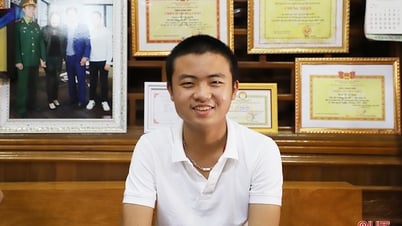
















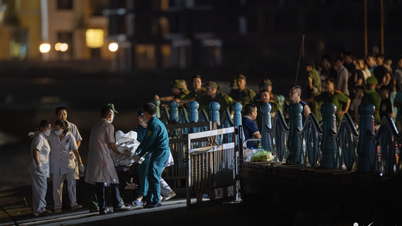

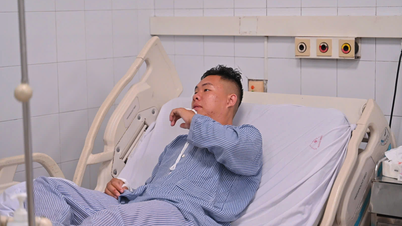





























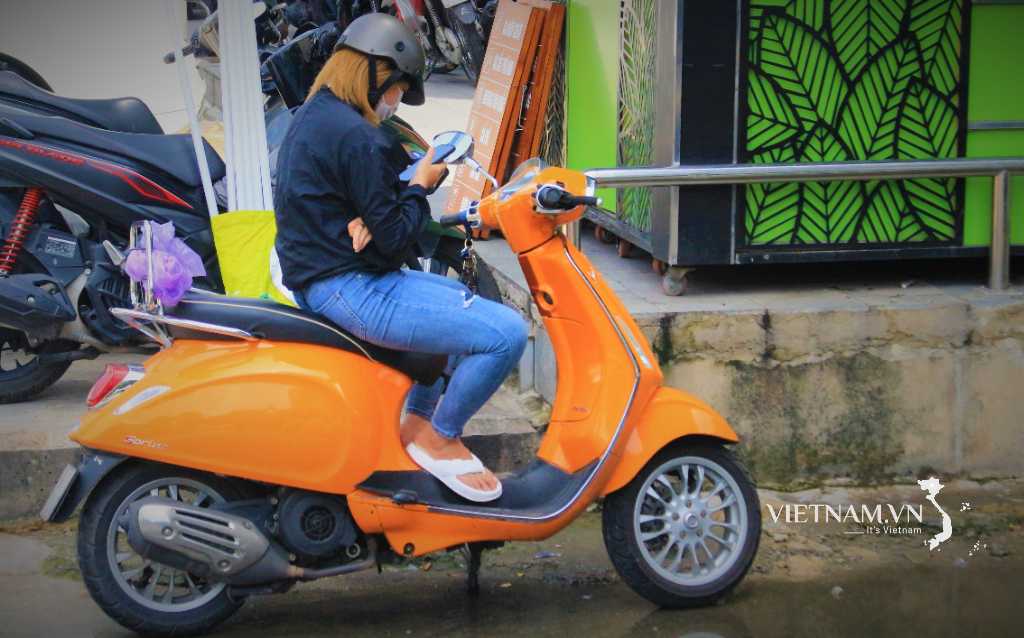


Comment (0)